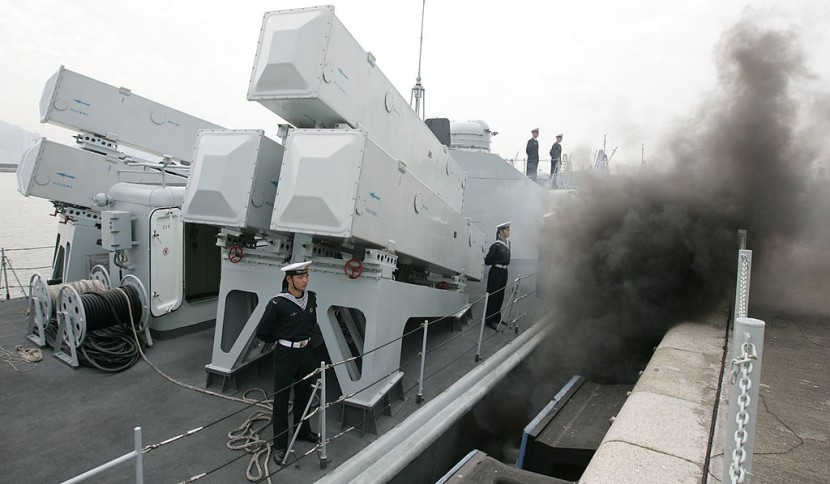
Advanced Chinese hypersonic missiles are claimed to be ten years ahead of what the US has, and Beijing and Washington are caught in an ultrafast arms race. These missiles are so fast that modern missile defense is useless and can adjust before hitting their target that could be moving.
China's New Advanced Hypersonic Missiles
Chinese researchers have made eye-popping claims that their hypersonic breakthrough will allow them to accomplish split-second, greater accuracy over long distances, reported EurAsian Times.
Scientists developing the project, a heat-seeking hypersonic missile capable of hitting a moving car at 6,174 mph, or five times the speed of sound, noted SCMP.
Yang Xiaogang of the PLA Rocket Force University of Engineering in Xian led the research team and claimed: "significant progress" in highlighting the key difficulty of pinpointing a moving target at high speeds.
Yang and his colleagues at the University of College of Missile Engineering have been granted until 2025 to solve the seemingly unsolvable problems of ultrasonic technology.
These claims come just months after Chinese scientists revealed the advancement of next-generation hypersonic weapons with infrared homing progressions, which they believe the US will not have until 2035, as reported earlier by the EurAsian Times.
In the meantime, the United States undertook a successful hypersonic missile test using its B-52H bomber. On the weekend, the US Air Force declared that the Air-launched Rapid Response Weapon (ARRW) hypersonic missile was successfully deployed, cited Air Force Magazine.
For the time being, only China and Russia have this capability; China performed a hypersonic test in which Advanced Chinese hypersonic missiles traversed the globe at five times the speed of sound, or Mach 5, and closely missed the target.
Later, the missile launched a sub-munition into the South China Sea, shocking the world. The Chinese military is increasingly convinced that hypersonic weapons will change the warfare landscape, and it is assertively making investments to gain a technological advantage over competitors.
According to a report issued in January by the Chinese peer-reviewed journal Tactical Missile Technology, the PLA's hypersonic program employs nearly 3,000 scientists, which is 50% more than those working on conventional arms.
An average contribution of a researcher collaborating on a hypersonic program to China's military capability is approximately twice that of a researcher having to work on aircraft or battleships.
Chinese Hypersonic Missile Infrared Capability
In a study published in the Chinese peer-reviewed journal 'Infrared and Laser Engineering,' Chinese scientists noted that a superfast missile could travel enormous distances in a split second that needs precision. The heat sensor needs a very cold environment. However, the surface temperature of the missile can be very, generating a lot of ambient noise.
New heat-seeking technology will remove high-value targets from vast distances at unprecedented speeds, allowing them to significantly expand the scope of hypersonic weapons in a regional war, according to Yang.
According to China's National Defense Minister Yang Jiechi, new technology will be able to remove high-value targets from great distances at unprecedented speeds. According to him, this could broaden the application of hypersonic weapons in a regional conflict.
Heat-seeking, also known as infrared homing, is a passive missile guidance system that tracks and follows a target utilizing electromagnetic radiation in the infrared spectrum.
Advanced Chinese hypersonic missiles are fast, but they need to hit targets at great speed with advanced guidance systems the US doesn't have either.
Related Article : US Launches Hypersonic Missile From B-52 Bomber in Response to Russia's Satan II ICBM Threat Against London
© 2025 HNGN, All rights reserved. Do not reproduce without permission.








